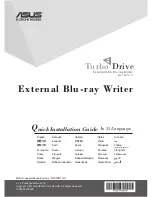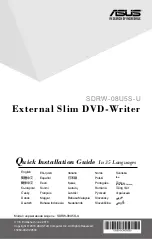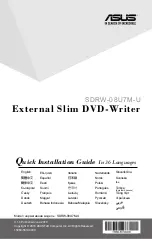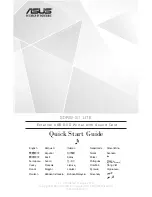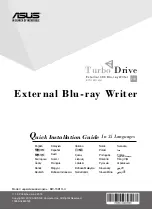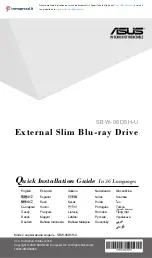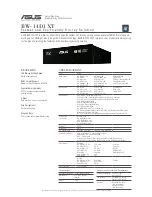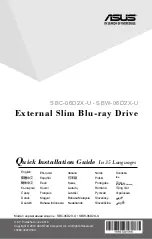
puts just a bit more silence between the notes. This is a difficult thing
to describe in words, but it essentially makes each note more distinct
without really sounding particularly different from other high-end disc
players. In other respects, like tonality, detail, richness, bass quality,
midrange clarity and clean, clear, pretty-sounding highs, the two disc
players may not be identical in sound, but they certainly don’t differ
much in quality or character. I used to think this had something to do
with the quietness of the noise floor, but I don’t think that’s right. I think
it probably has more to do with the quality of digital-to-analog decod-
ing than anything else.
Compared to Cambridge’s Azur 751BD from 2011, the 752BD has
a more refined and lightly updated version of the sound from the older
machine. The extra silence between notes applies here also. The
slightly more spacious character of the 752BD is also an advantage
over the 751BD. While the 752BD doesn’t
quite
match the standalone
Wavelength Proton USB DAC driven by a Mac Mini computer, the
Proton/computer combo, including the high-end USB cable and com-
puter upgrades, sells for about $3,100 if you install the RAM and solid
state hard disk yourself (very tricky to do in a Mac Mini if you’ve never
done it before). If I didn’t already have the computer and USB DAC for
music playback, I would be quite happy to use the 752BD as my
music playback source component.
The 752BD plays most common disc types including DVD-Audio
and SA-CD. These high-res music discs often include 5.1-channel sur-
round sound in addition to a stereo mix. High-res 5.1 performances
sounded fabulous via the multichannel analog outputs, again, the best
5.1 analog music sound I’ve heard so far from a Blu-ray Disc player.
The three different digital filter options that the 752BD offers only
come into play when you are using the stereo or multichannel analog
outputs. I did hear slight differences among the three options. I pre-
ferred filter 3, followed closely by number 1. Filter 2 didn’t sound obvi-
ously bad, it just didn’t quite have the musical moxy I got from 3 and
1.Your preference may vary. The audible differences between the three
different types of digital filters are very subtle. I’ve heard much larger
differences from modern remasters of albums I’ve previously owned on
CD or even from analog audio cable changes. In fact, if you compare
the 44.1 kHz version of a CD with a true 88.2 kHz or higher-res version
of the same album, that difference will be considerably more obvious
than the difference between the three digital filter options.
Conclusion
Cambridge Audio’s $1,299 Azur 752BD combines speedy disc load-
ing and remote control response with network media capabilities, the
ability to be used as a preamp in a system without a surround processor
or AVR, universal disc compatibility, and the best analog sound quality
I’ve experienced in a Blu-ray Disc player so far. Image quality is equal
to the best Blu-ray Disc players available at any price, and the 752BD’s
images are highly accurate when you avoid using menu settings that
change the data read from movie discs. There are many disc players
that work equally well if you use a single HDMI connection to a surround
sound processor or AVR. But if you need or want high-quality analog
audio from a wide range of digital sources, the Azur 752BD delivers
the best analog sound from a disc player that I’ve heard to date.
WSR
Cambridge Azur752BD Blu-ray Disc Player
WidescreenReview.com • Issue 175 • March 2013
4
4/4
Provided By
This review, Copyright © 2013
Widescreen Review, has been provided in its
entirety from Issue 175, March 2013.
Take advantage of our lowest-priced
subscription ever at WidescreenReview.com
Widescreen Review, P.O. Box 2587,
Temecula, CA 92593. Phone 951 676 4914
Fax 951 693 2960. Order online at:
WidescreenReview.com. All major credit
cards are accepted.













